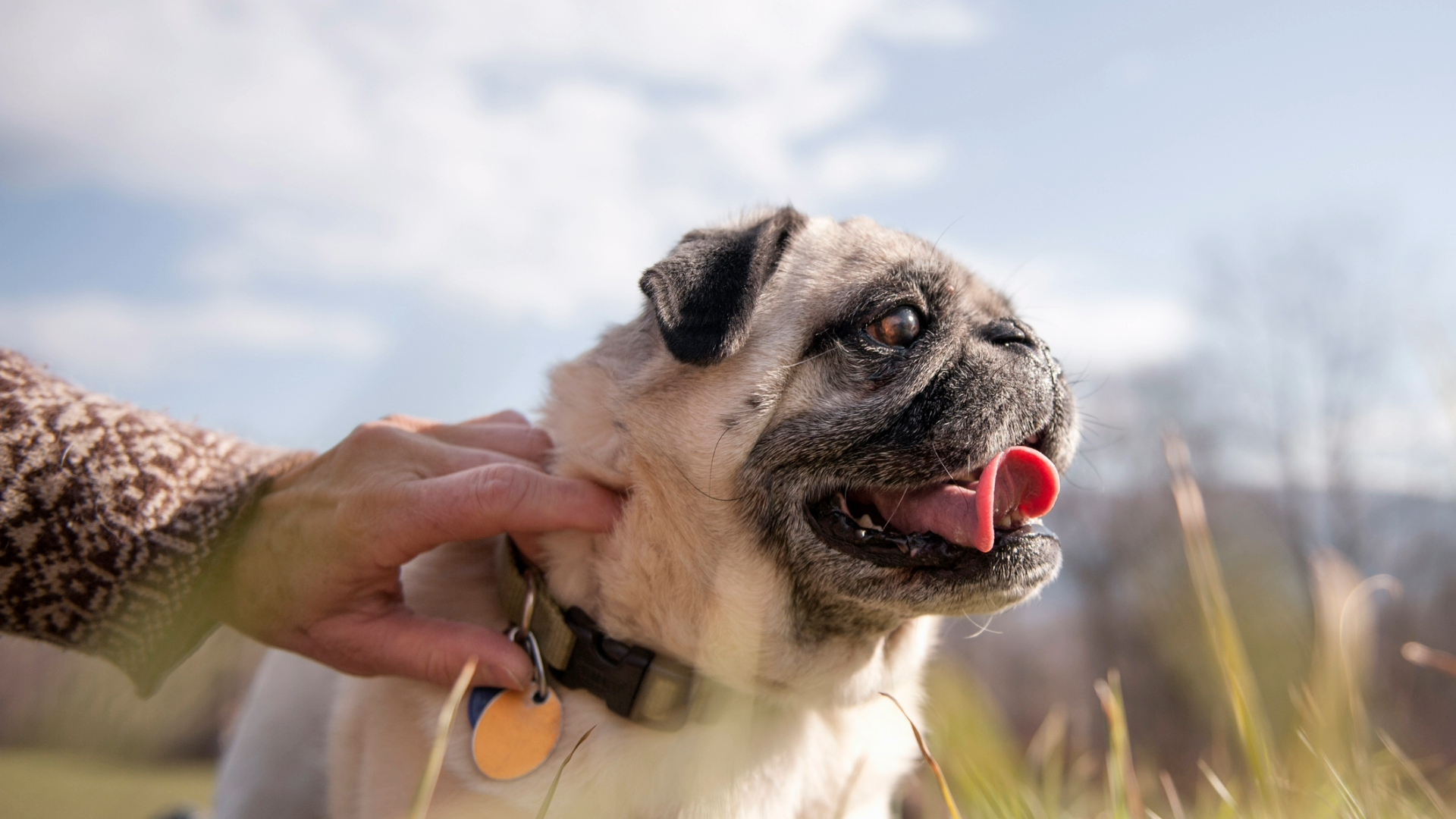
Most dogs aren't a fan of being grabbed by the collar or harness quickly. Understandably, the quick movement can make them feel a little startled, resulting in them going in the opposite direction to you altogether.
Whilst this might be a perfectly normal reaction, there are some situations where you might need to grab them a little faster than you both might like. If your dog isn't comfortable with this, then it will make things trickier (and more dangerous if you can't stop them quickly enough in an emergency.
The good news is that you can train your pooch to actually like it, so if a sudden problem ever arises, they'll be perfectly fine with the rash movement. All you need is the best dog treats to get started!
In a recent Instagram post, dog trainer Melissa Goodman shared her top training tip for helping your dog get used to it. She notes that's a useful skill for all dogs to learn - even if they don't seem too bothered by it. Here's how you can try it out yourself:
In the video, Melissa begins by lightly touching Kobe the dog's collar and gently moves it around (you can also do this with the best dog harness). Over time, she builds on the intensity, giving him a treat and praise each time.
She says: "I do this because if you are in a stressful situation, you may not be very gentle with them and and have to grab them fast."
Before you get started, it's important to note that it's a gradual process. You want your dog to feel comfortable, so it's best to work your way up to the bigger movements to ensure they're ready for it.
In one part of the video, Kobe puts his mouth on Melissa which is a sign that he doesn't like it. If your dog communicates this to you, Melissa recommends lowering the intensity, taking a break or coming back to it another time. If you're struggling to read your pooch, this feature on dog body language might help.
Melissa says: "When I did that the first time, Kobe turned and put his mouth on my arm. It wasn’t playful puppy biting, but it wasn’t aggressive either. This very specific type of mouthing response is away for a dog to say 'I don’t like that.' [...] If you don’t respect a dogs boundary like that, that is when a dog will feel they have to escalate and that’s when a more serious aggression issue can develop."
Practice this training tip gradually and gently, and if an emergency should ever happen, you'll both be well prepared.
Want to find out what causes reactivity in dogs? This feature reveals all and what you can do about it. Or to learn about high prey drive in dogs, this feature covers what it is and how you can manage it.







